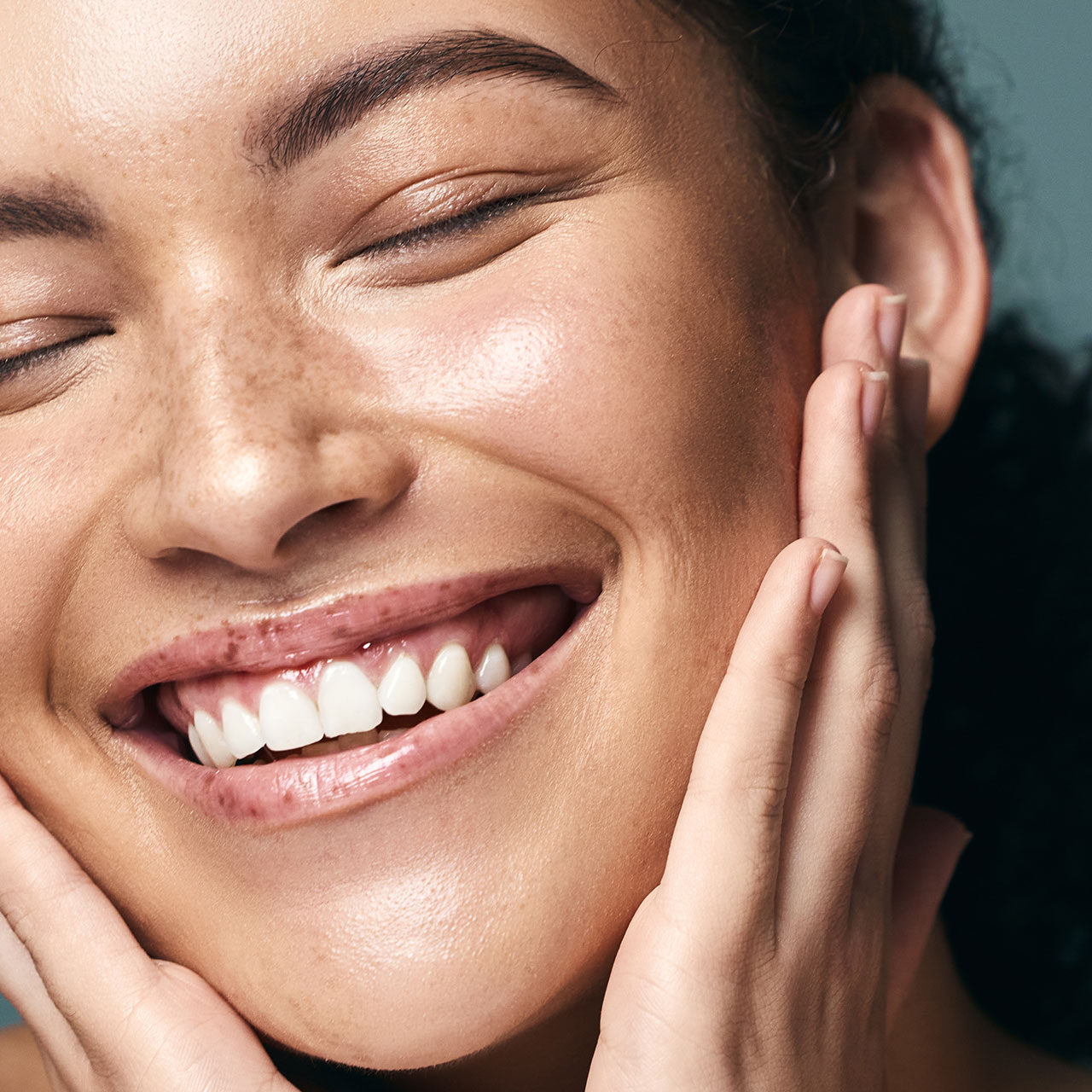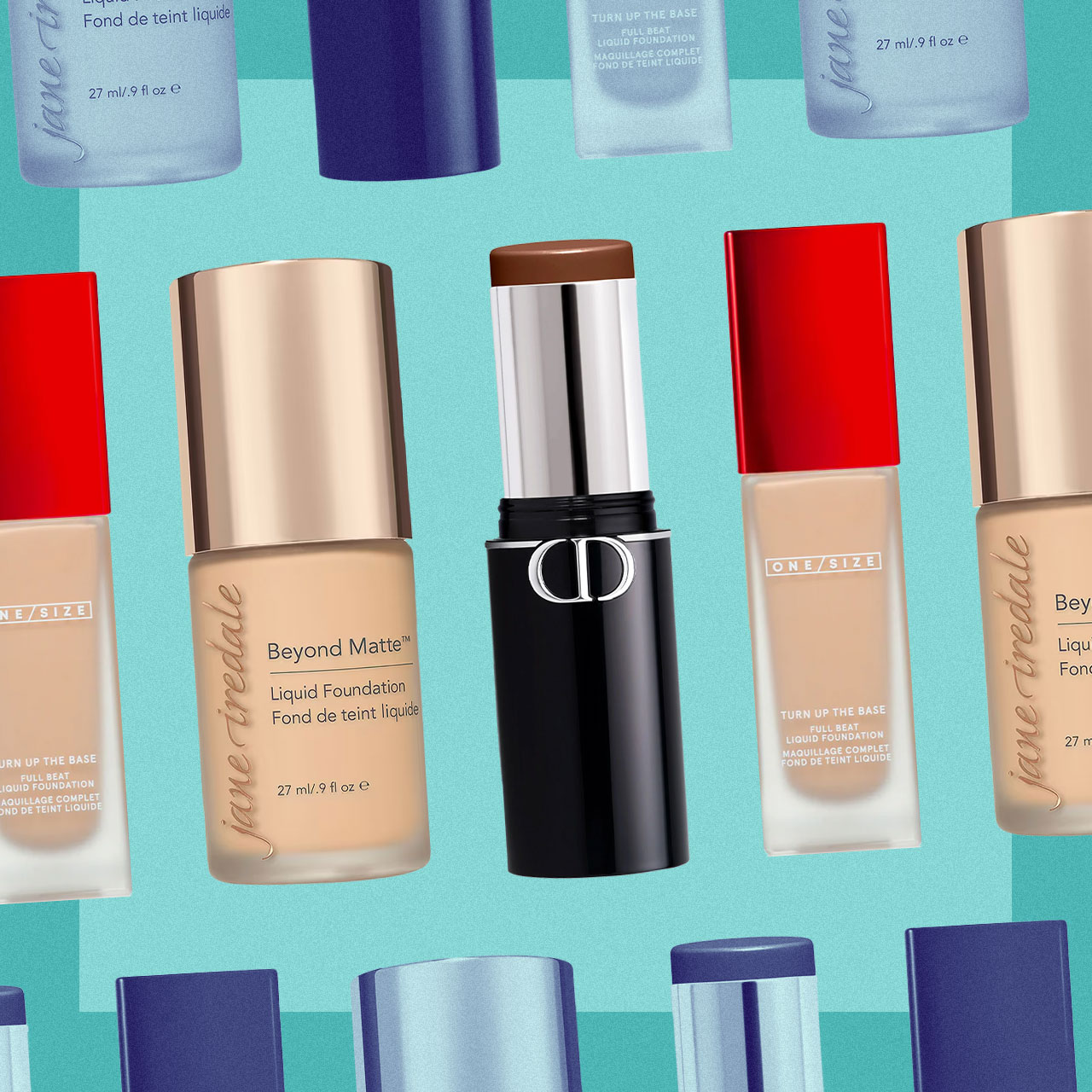This is an archived article and the information in the story may be outdated. Please check the time stamp on the story to see when it was updated last.

Any woman who has ever colored her hair at home knows the deal: it is highly recommended that you perform a patch test–every time–prior to coating your scalp and hair with dye. Based on my own nonchalant attitude toward patch tests, I’m willing to bet I’m not alone in saying that I often try new beauty and hair products with reckless abandon; I normally don’t give a second thought to the allergic reactions and health risks I could be taking.
In recent months, however, two major beauty lawsuits have made front page news and are causing many of us to rethink the blind faith we put in companies. WEN by Chaz Dean is under investigation after several customers claimed it caused hair loss and, more recently, a class-action lawsuit was filed against lip balm brand EOS because, customers say, the balm gave them a bad reaction that included blisters and rashes.
On that note, it’s probably in your best interest to find out exactly how big a medical risk you’re taking each time you use a beauty product. Dr. Tsippora Shainhouse MD, FAAD, says contact irritant and allergic dermatitis is caused by irritation or even allergic reactions to specific chemicals applied to the skin. These reactions typically appear when using leave-on products–think creams, balms, sunscreens and makeup–rather than from short-term, wash off products like shampoo.
“[A reaction] is most common on broken skin, including dry skin, eczema prone skin and sensitive/rosacea skin,” Shainhouse says. “It can happen due to both natural and artificial products. Fragrances are actually one of the top five causes of allergic contact dermatitis in adults. Tea tree oil is also a common skin irritant. Willow bark (also known as natural salicylic acid, which is used in acne washes) can be very drying and irritating to skin. Other top contact allergens in adults include: fragrances, preservatives, parabens, color (Cobalt is the 2016 contact allergen of the year, and can be found in eyeshadows, eyeliners, mascara), rubbers (found in mascara and latex sponge tips for applying makeup) and hair dyes (paraphenyldiamine in black dyes is most common).”
At this point, you may be wondering why and how so many products containing these irritating chemicals make it onto drugstore and department store shelves. The answer is simple and infuriating: “If products are not classified as medications, then they do not need to have the same safety studies performed before they go to market,” Shainhouse says. “Just because someone has a personal allergic reaction to a product, does not make it unsafe for general public consumption. People often do not know that they have an allergy to a particular ingredient or chemical until they are exposed to it. Sometimes it requires multiple applications before the body presents with a significant skin reaction.”
If you suspect you’ve had an allergic reaction to a product, Shainhouse recommends visiting your dermatologist and an allergist, who can perform allergy patch testing. “This is a multi-day process,” she explains. “On the first day, a series of stickers are applied to your clean back. These contain tiny amounts of different chemicals. The stickers are peeled off 48 hours later. The following day, your back is examined to see if you had a skin reaction to any of the chemicals. The positive spots are compared to the master list and the severity of the reaction is recorded. The patient is then provided with a list of the specific chemicals that they need to avoid in their personal hygiene products.”
Dr. David E. Bank, director at The Center for Dermatology, Cosmetic & Laser Surgery, agrees that people put themselves at risk every time they use a product, but explains that the FDA is not responsible for regulating over-the-counter products. “Technically, the FDA does not have the manpower or the ability; it is responsible for the regulation of prescription products and devices,” Bank says.
Think you’re in the clear because you only use organic and natural products? Not quite. “Organic and natural products pose the same threats to our health; products that contain truly natural or organic ingredients are not necessarily risk-free,” Bank says. “The mere fact that something is found in nature does not inherently make it safe. Some ingredients, even if they are natural or organic, can cause an allergic reaction because everyone’s skin is different and can be more sensitive to certain ingredients more so than others. One of the best examples is poison ivy. I is natural but not recommended to use in any skincare products.”
Lesson learned: do not ignore patch test warnings.
For more beauty news, check out everything you need to know about the EOS lawsuit and a dermatologist’s opinion on the WEN class-action suit.



























